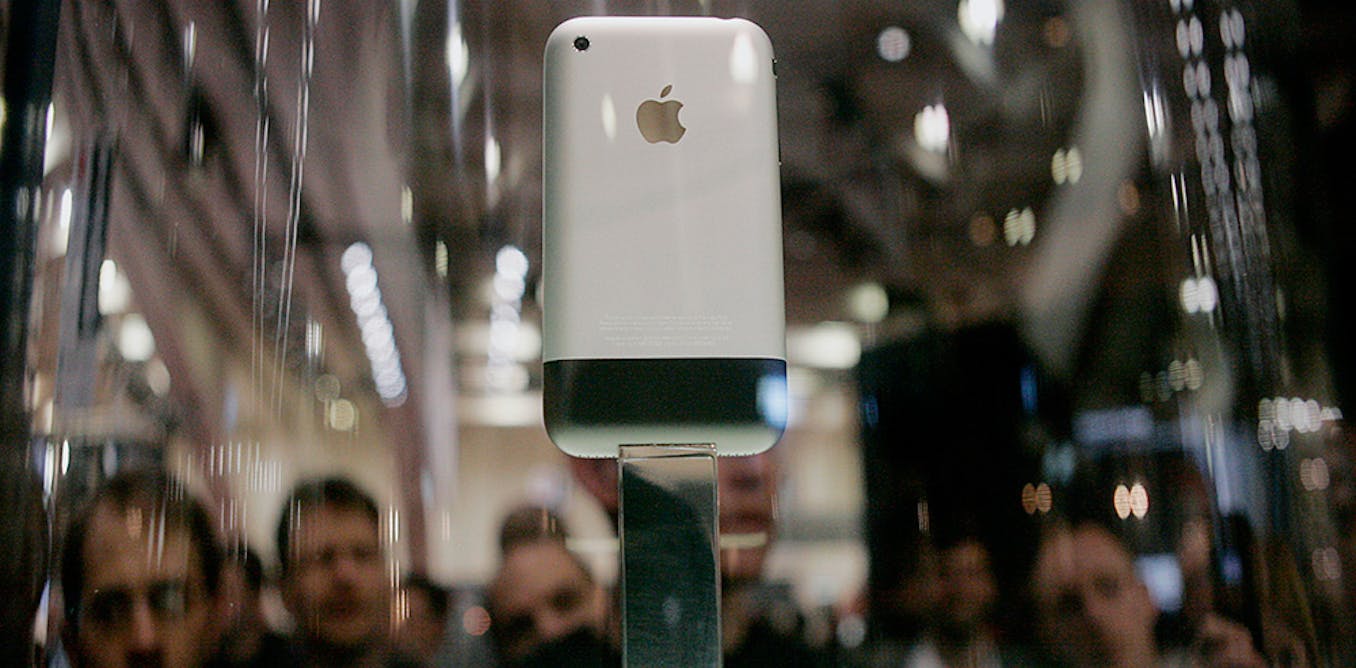IIRC he was employed by Nokia and pretty much said exactly that:I wonder what Christensen would say about Apple and the cellphone industry. To substitute his thoughts as applied to Apple... "Apple is not disrupting the phone industry, it's just making existing phones better..." Just because he's from HBS doesn't mean he's right.I think most would agree this is an incorrect statement as Apple clearly disrupted the industry. So his statement on Tesla is equally incorrect. Tesla will do the same to legacy automakers and clearly has already disrupted the industry.

Why Apple and its iPhone confound disruption theorists
Nokia, Motorola, Sony-Ericsson and BlackBerry-maker Research in Motion were all victims of disruption. During the 1990s and 2000s, they shepherded the cell phone during its period of takeoff into ubiquity…
 theconversation.com
theconversation.com



